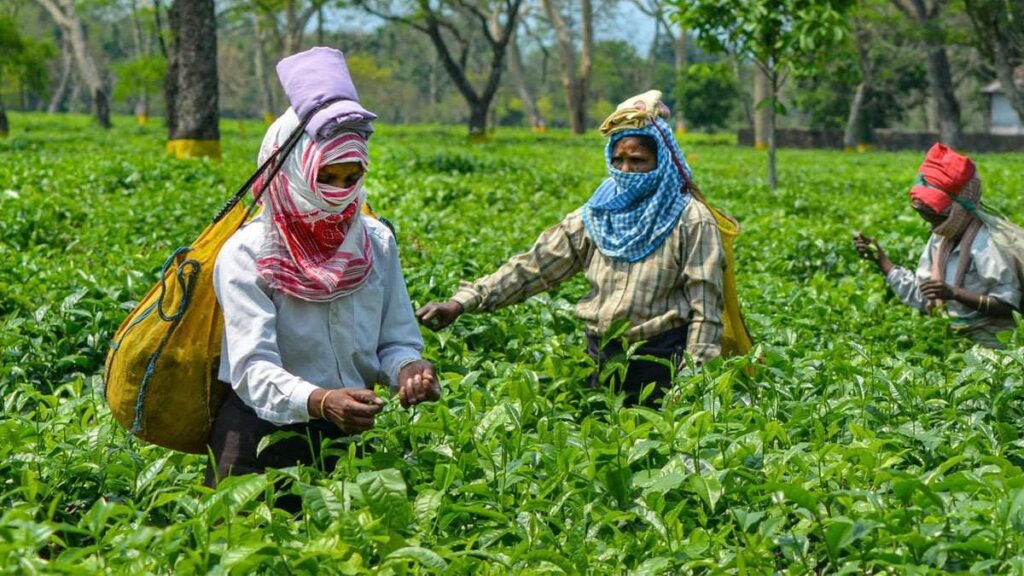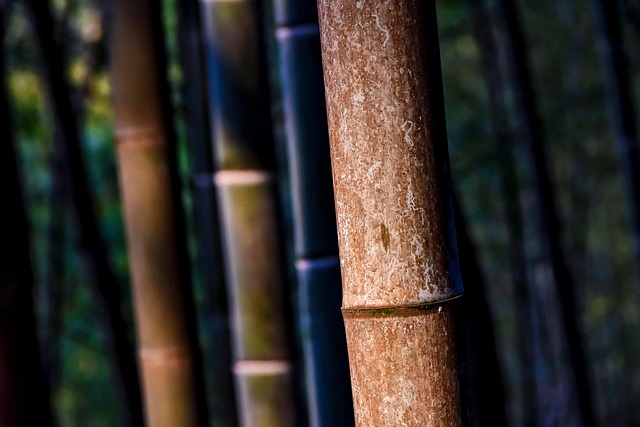When it comes to tea, few regions in the world rival the reputation of Assam and Darjeeling in India. Renowned for their distinct flavors and unique characteristics, Assam tea and Darjeeling tea have captivated tea enthusiasts for generations. In this blog post, we will explore Assam Tea vs. Darjeeling Tea and help you decide which one suits your preferences best. So, grab a cup of tea and let’s embark on this flavorful journey!
-
Origin and Terroir:
Assam Tea: Hailing from the northeastern state of Assam, India, Assam tea is famous for its robust and bold flavor. The region’s low-lying plains and humid climate create the perfect conditions for growing the Camellia sinensis var. assamica tea plant. Assam tea is characterized by its full-bodied nature, deep amber color, and malty flavor notes.
Darjeeling Tea: On the other hand, Darjeeling tea comes from the misty slopes of the Darjeeling district in West Bengal, India. The high altitude, cool climate, and unique soil composition of the region contribute to the delicate and complex flavors of Darjeeling tea. Known as the “Champagne of Teas,” Darjeeling tea offers a light and floral taste with muscatel undertones.
-
Flavor Profile:
Assam Tea: Assam tea is celebrated for its boldness and strength. Its rich, malty flavor, often accompanied by hints of caramel and cocoa, makes it an excellent choice for those who prefer a robust and invigorating cup of tea. Assam tea pairs exceptionally well with milk and sugar, making it an ideal base for a strong and satisfying morning brew.
Darjeeling Tea: Darjeeling tea, on the other hand, offers a more delicate and nuanced flavor profile. With its floral and muscatel notes, it presents a lighter and more refreshing taste. Often enjoyed without milk, Darjeeling tea allows you to appreciate the subtle complexities of the tea leaves. It is a perfect choice for afternoon tea sessions or when you desire a milder yet flavorful cup.
-
Brewing Techniques:
Assam Tea: To bring out the best in Assam tea, use boiling water and steep the leaves for around 3-5 minutes. This allows the tea to fully infuse, releasing its robust flavors. Add a touch of milk and sugar to enhance the natural sweetness and enjoy a traditional Assam tea experience.
Darjeeling Tea: When brewing Darjeeling tea, it’s essential to pay attention to water temperature and steeping time. Use water just below boiling point (around 90°C) and steep the leaves for 2-3 minutes. This gentler approach ensures that the delicate flavors are not overwhelmed. Sip and savor the floral notes of this exquisite tea.
-
Best Occasions and Pairings:
Assam Tea: With its strong and bold character, Assam tea is perfect for kickstarting your mornings or providing a much-needed energy boost during the day. Pair it with breakfast foods like toast, buttered scones, or a hearty English breakfast for a delightful combination.
Darjeeling Tea: Darjeeling tea’s delicate and nuanced flavors make it a wonderful choice for a leisurely afternoon tea session. It pairs beautifully with light snacks such as cucumber sandwiches, tea cakes, or shortbread cookies. Enjoy the tranquil experience and let the tea’s floral essence transport you to the tea gardens of Darjeeling.
Conclusion:
In the battle of Assam tea vs. Darjeeling tea, there is no definitive winner. Both teas possess distinct qualities that cater to different palates and occasions. If you prefer a robust and full-bodied cup, Assam tea will be your go-to choice. On the other hand, if you seek a lighter and more floral experience, Darjeeling tea will captivate your senses. Ultimately, the decision comes down to personal preference and the flavors that resonate with you the most. So, go ahead, explore, and embark on your own tea-tasting adventure. Cheers to the magnificent world of Indian teas! Hope it will help you to understand Assam Tea vs. Darjeeling Tea. For more blog check www.nutritionalgrowth.com


